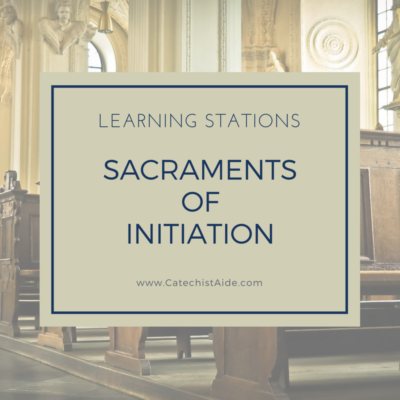As we now find ourselves in the penitential season of Lent, it is the perfect time to review the Sacrament of Reconciliation and discuss God’s infinite mercy. A few weeks ago, in preparing my class of 7th and 8th graders to go to Confession, we did just that. I think this age group is ready to move past viewing sin as merely behaving badly, and toward a view of sin as a rejection of God and his love. I am pleased to report that after Confessions, the priest addressed the students and thanked them for taking the Sacrament so seriously. He told them that he could tell that they had prepared well, and he encouraged them to come back to Confession often.
In the course of our preparation, I couldn’t pass up the chance to look in-depth at the parable of the Prodigal Son. I prepared a Lectio Divina on the parable and we broke into small groups to read and discuss. I was happy to see the kids engaged and able to relate to all of the characters in the parable, the young son, the older brother and the father.
Below is a link to the Lectio Divina. Feel free to download a copy and please let me know how this works in your class.





